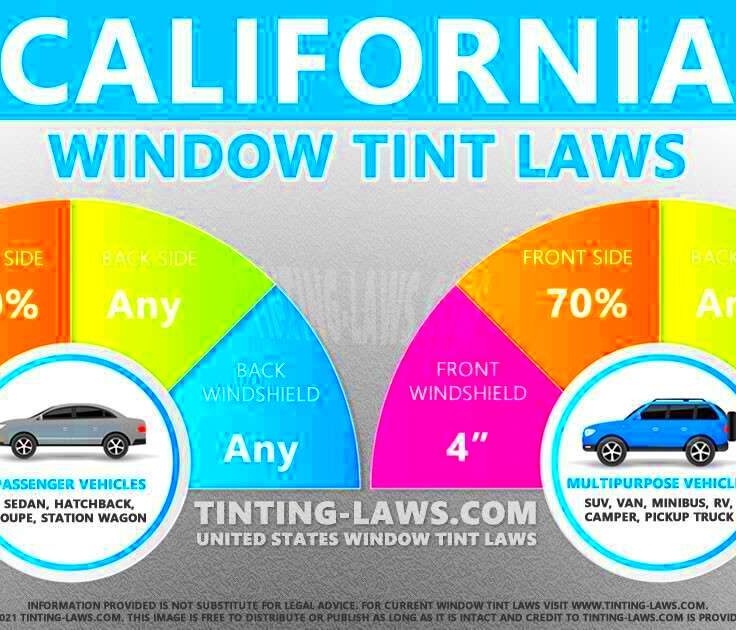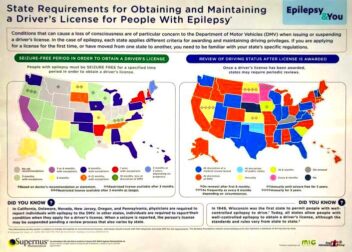The Latest on California Tinting Laws in 2024
California has always been known for its sunny weather, and many car owners opt for window tinting to reduce glare and heat. However, there are strict laws governing how dark your windows can be tinted. In 2024, these laws are still in place, but there may be updates that every driver should know. Understanding these regulations helps ensure compliance and enhances safety for everyone on the road.
Overview of Tinting Regulations

Tinting regulations in California are designed to provide a balance between comfort and safety. The state has specific rules that dictate how much light can pass through your vehicle’s windows. These rules apply to different types of windows, including the front windshield, front side windows, back side windows, and rear windows.
Here are the key points of California’s tinting regulations:
- Windshield: Non-reflective tint is allowed on the top 4 inches of the windshield.
- Front Side Windows: Must allow more than 70% of light in.
- Back Side Windows: Can be tinted any darkness.
- Rear Window: Can also be tinted any darkness.
It’s crucial for drivers to keep these regulations in mind to avoid penalties. Regular inspections can help ensure that your tint remains compliant.
Legal Tint Levels for Different Windows
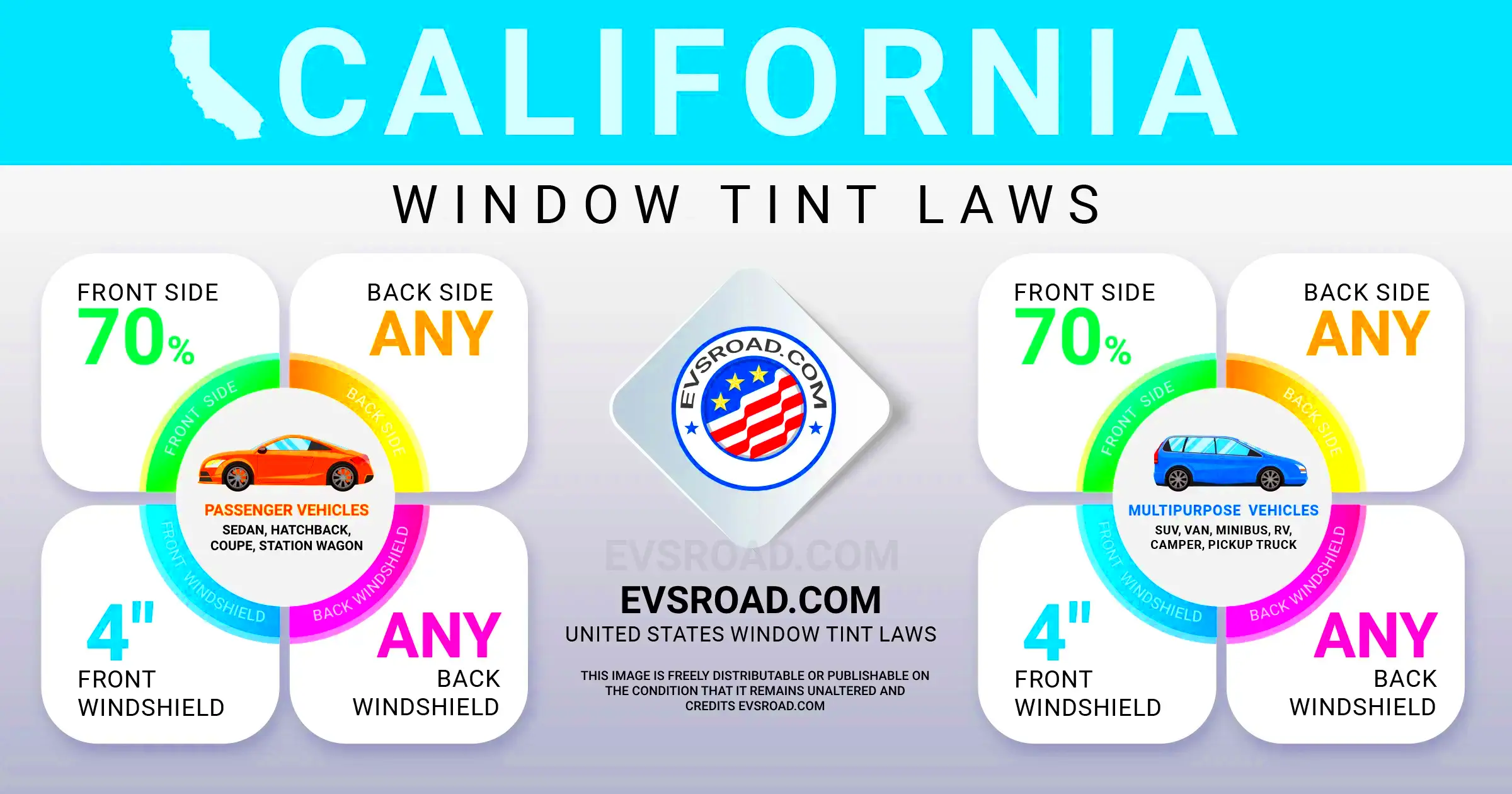
The legal tint levels in California are measured by Visible Light Transmission (VLT), which indicates the percentage of light that passes through the glass. Here’s a breakdown of the VLT requirements for each window type:
| Window Type | Legal VLT Level |
|---|---|
| Windshield | Non-reflective tint on the top 4 inches |
| Front Side Windows | More than 70% |
| Back Side Windows | No restrictions |
| Rear Window | No restrictions |
Remember, while darker tints may look stylish, they can reduce visibility, especially at night. Always opt for a tint that ensures your safety and complies with state laws.
Exceptions to Tinting Laws
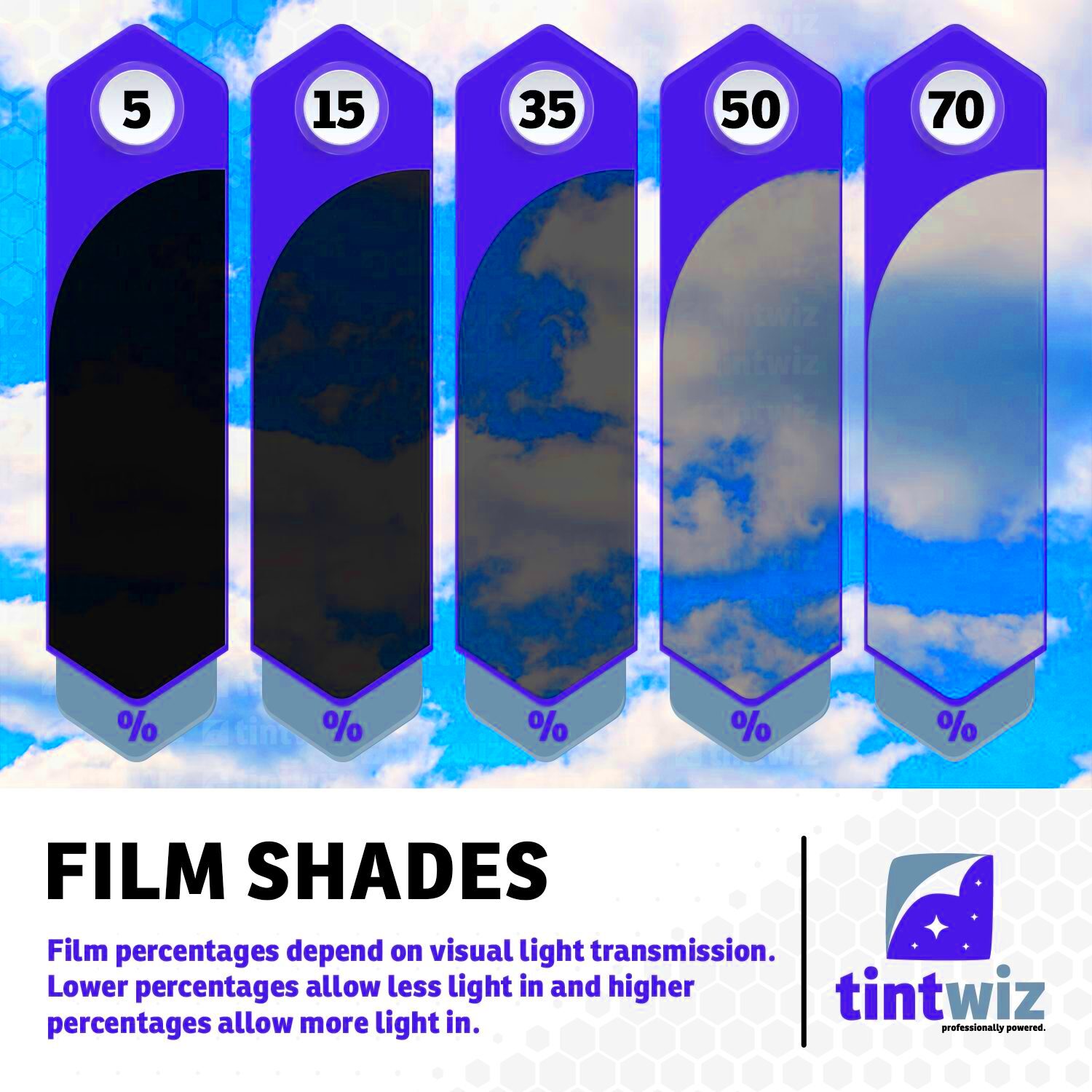
While California has strict tinting laws, there are some exceptions that drivers should be aware of. Certain circumstances allow for different tinting levels that deviate from standard regulations. Knowing these exceptions can save you from unnecessary fines and provide additional comfort.
Here are some common exceptions to the tinting laws:
- Medical Exemptions: Individuals with specific medical conditions that require reduced exposure to sunlight can apply for a medical exemption. A doctor’s note is typically required to validate the condition.
- Vehicles with Special Uses: Law enforcement vehicles, ambulances, and other emergency vehicles may have different tint requirements. These vehicles often need darker tints for operational reasons.
- Factory Tint: Some vehicles come with factory-tinted windows that meet state standards. If your car was manufactured this way, it may not require additional compliance.
It’s essential to document any exemptions you may qualify for, as law enforcement may require proof. Always check with local authorities or your vehicle manufacturer for more specific information about exemptions.
Consequences of Violating Tinting Laws
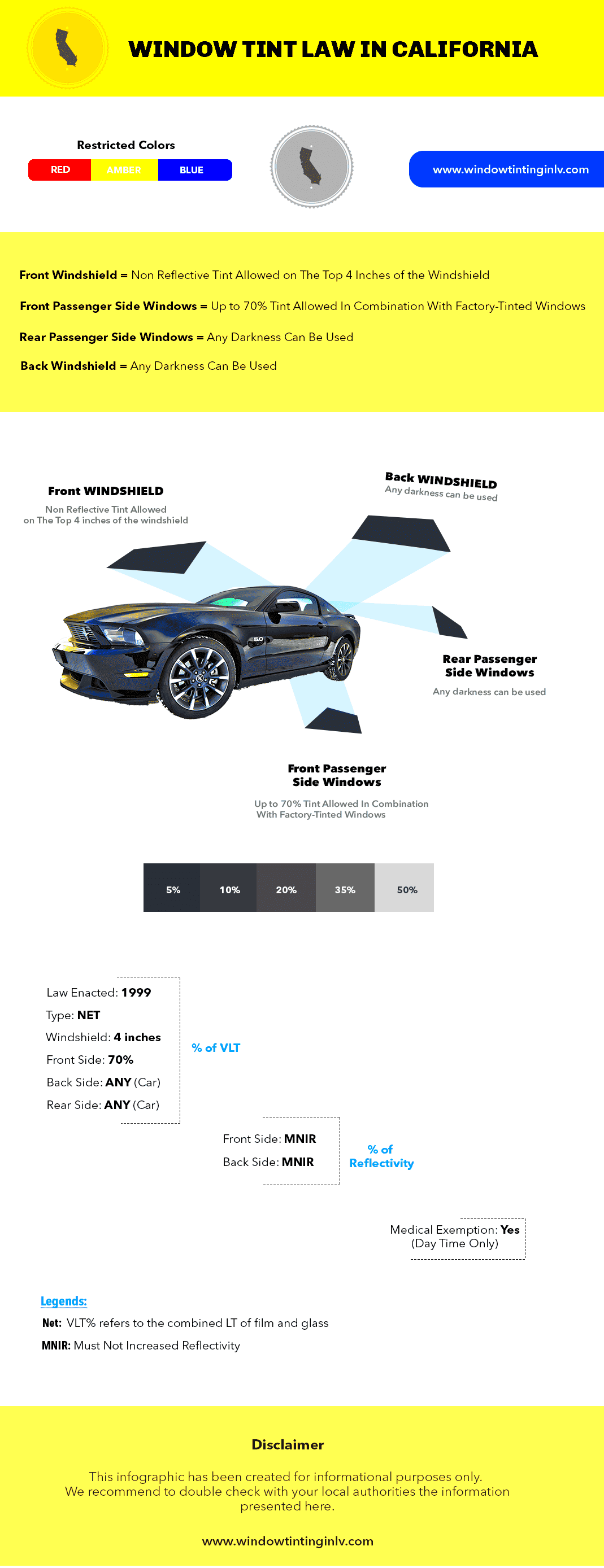
Ignoring California’s tinting laws can lead to various consequences that can be inconvenient and costly. If you’re thinking about installing darker tints, it’s crucial to understand what penalties might await you.
Here are some of the potential consequences of violating tinting laws:
- Fines: Getting pulled over for illegal tint can result in hefty fines. These can range from $25 to $250, depending on the severity of the violation.
- Fix-it Tickets: In some cases, law enforcement may issue a fix-it ticket. This allows you to correct the issue (by removing or replacing the tint) and provides proof of compliance to avoid fines.
- Increased Insurance Rates: A citation for illegal tinting may also impact your car insurance rates. Insurance companies may view it as a risky behavior, leading to higher premiums.
To avoid these consequences, always ensure that your window tints comply with state laws. It’s better to be safe than sorry!
How to Get Your Tinting Compliant
Getting your vehicle’s window tint compliant with California’s laws is a straightforward process. By following a few simple steps, you can enjoy the benefits of tinting without the worry of legal repercussions.
Here’s how to ensure your tinting is compliant:
- Understand the Laws: Familiarize yourself with the legal tint levels for each window type. Knowing what is permissible will guide your choices.
- Choose a Reputable Installer: Work with a professional installer who understands California’s tinting laws. They can help you choose compliant materials and apply them correctly.
- Request Documentation: After installation, ask for documentation that states the tint complies with California regulations. This can be valuable if you ever get pulled over.
- Regular Inspections: Periodically check your tinting to ensure it remains in compliance. Over time, tints can fade or bubble, affecting their legality.
By taking these steps, you can enjoy the comfort and privacy that window tints provide while staying on the right side of the law. It’s a win-win!
Recent Changes in 2024
As of 2024, there have been some important updates to California’s tinting laws that every driver should be aware of. These changes reflect the state’s commitment to safety while also considering the comfort and needs of vehicle owners. Understanding these recent changes can help you stay compliant and enjoy your tinted windows without issues.
Here are some key updates to the tinting regulations this year:
- New Medical Exemption Criteria: The state has expanded the criteria for medical exemptions, making it easier for individuals with certain health conditions to qualify for darker tints.
- Increased Penalties for Violations: In an effort to enforce compliance, the fines for illegal tinting have increased. This change emphasizes the importance of adhering to the rules.
- Enhanced Inspection Programs: Local law enforcement agencies are ramping up inspections to ensure compliance. This means more random checks and a greater focus on illegal tinting.
- Technology Advancements: With new technology, such as portable tint meters, law enforcement can easily measure the VLT of your windows during a traffic stop, making it harder to evade regulations.
These changes make it crucial for all vehicle owners to stay informed and ensure their window tinting complies with the latest laws. Ignorance won’t be an excuse if you’re stopped for a violation!
Frequently Asked Questions
Many vehicle owners have questions about California’s tinting laws, especially with the recent changes in 2024. Here are some frequently asked questions that might help clarify any confusion:
- What is VLT? VLT stands for Visible Light Transmission. It indicates the percentage of light that passes through the window. Lower percentages mean darker tints.
- Can I get a ticket for factory tint? If your vehicle comes with factory tint that meets state regulations, you should not get a ticket. However, it’s essential to verify that it complies.
- How do I apply for a medical exemption? To apply for a medical exemption, you’ll need a doctor’s note specifying your condition and why you require darker tinting. Submit this to the appropriate local authority.
- What happens if I get a fix-it ticket? If you receive a fix-it ticket, you must correct the violation (e.g., remove illegal tint) and present proof to avoid fines.
If you have more specific questions, don’t hesitate to reach out to local authorities or legal experts who can provide tailored advice based on your situation.
Conclusion on California Tinting Laws
In summary, California’s tinting laws are designed to promote safety while allowing vehicle owners to enjoy the benefits of tinted windows. Staying informed about the regulations, including recent changes in 2024, can help you avoid costly fines and keep your vehicle compliant.
Remember to consider the legal VLT levels for different windows and explore available exceptions if they apply to you. If you’re thinking about getting your windows tinted or updating your current tinting, always work with a reputable installer who knows the latest laws.
Ultimately, being proactive about your vehicle’s window tint will not only keep you within the legal limits but also enhance your driving experience. So, whether you’re cruising down the highway or parked in your driveway, you can enjoy your tinted windows with peace of mind!
